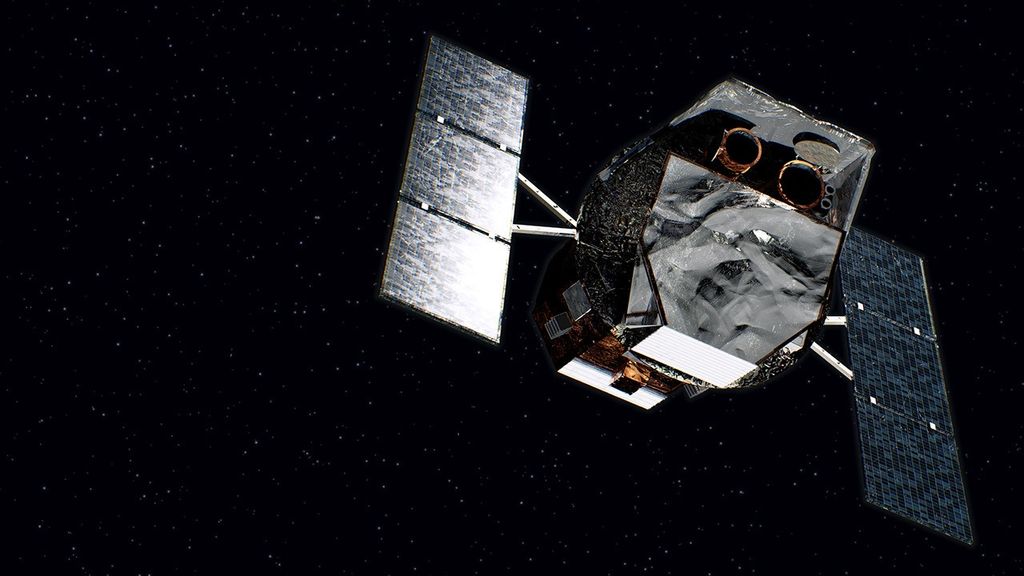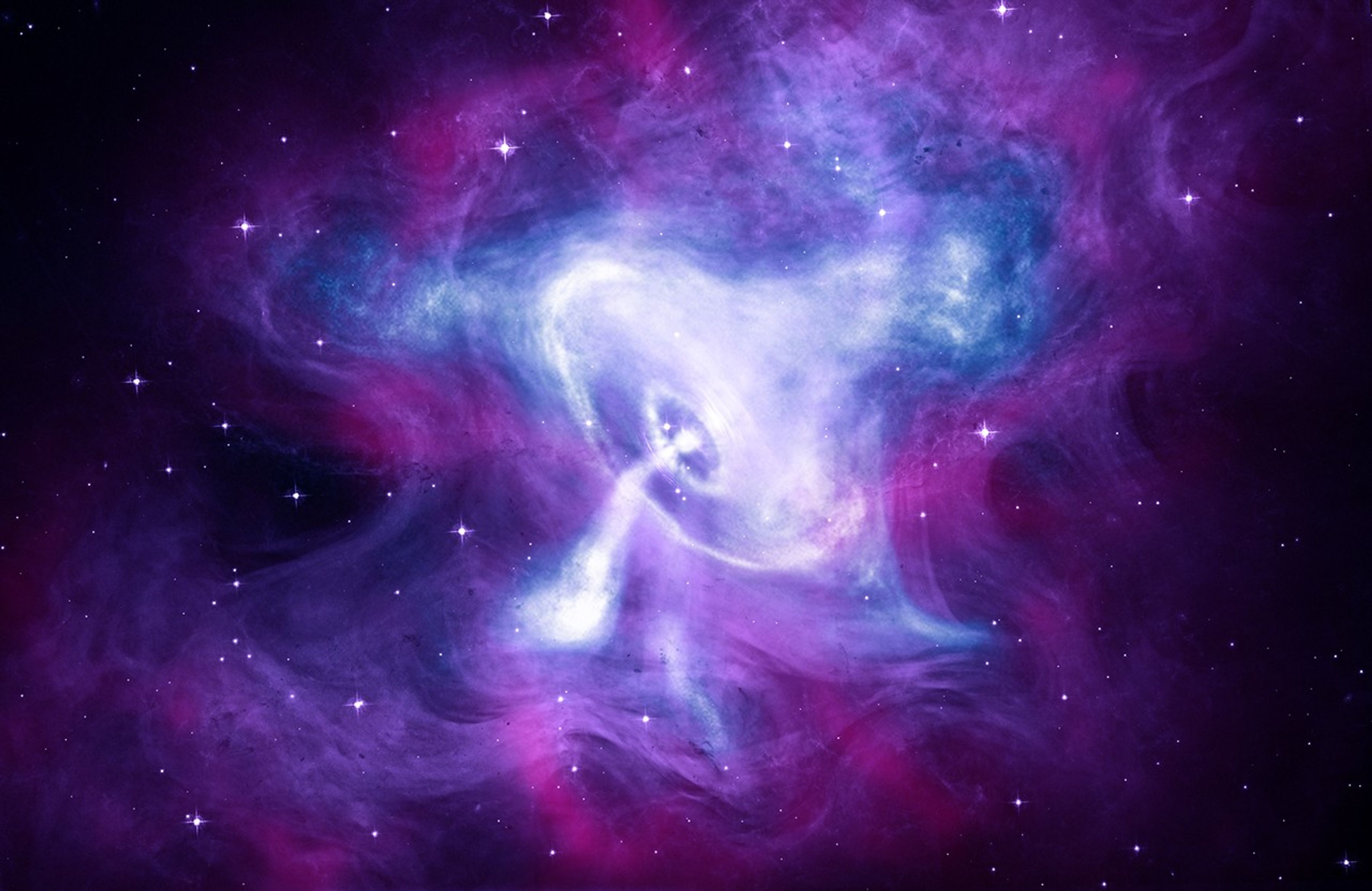Cassini is orbiting Saturn with a period of 31.9 days in a plane inclined 28.8 degrees from the planet's equatorial plane. The most recent spacecraft tracking and telemetry data were obtained on May 4, using one of the 34-meter diameter Deep Space Network stations in Australia. The spacecraft continues to be in an excellent state of health with all of its subsystems operating normally except for the instrument issues described at http://saturn.jpl.nasa.gov/news/significantevents/anomalies.
The spacecraft's onboard activities were controlled by the command sequence S94. Meanwhile on Earth, Sequence Implementation Process teams continued working on the sequences that will control Cassini's future activities, ten weeks at a time. The S95 sequence begins executing on June 26, and S96 goes active on Sept. 8. Development activities for S97 are on schedule.
Wednesday, April 27 (DOY 118)
The Imaging Science Subsystem (ISS) led a routine 90-minute observation of Saturn's largest moon Titan, monitoring the weather in its dense nitrogen atmosphere from a distance of 2.5 million kilometers. The Composite Infrared Spectrometer (CIRS) and the Visible and Infrared Mapping Spectrometer (VIMS) made their own observations while riding along with the spacecraft's pointing. Following this, ISS devoted one hour to the satellite orbit campaign, looking at known small objects near Saturn and watching for any new ones there. The first observation in this pair was repeated on Saturday, and then both repeated on Monday.
After today's set of observations was finished, ISS turned to observe a densely populated arc of Saturn's G ring while it was illuminated at low phase angles in sunlight; CIRS rode along.
Thursday, April 28 (DOY 119)
ISS tracked and imaged Saturn's small moon Tarvos for 13 hours today, with VIMS riding along. With an estimated diameter of 15 km, this is one of the larger of Saturn's irregular moons. In an inclined orbit, its distance to the ringed planet reaches 27.5 million km once every 926 days.
Friday, April 29 (DOY 120)
The Magnetospheric and Plasma Science (MAPS) instruments continued to acquire direct in-situ measurements of Cassini's environment while the spacecraft remained Earth-pointed today for tracking and communications.
Saturday, April 30 (DOY 121)
CIRS observed Saturn’s atmosphere for 11.3 hours today at far-infrared wavelengths, to determine its upper troposphere and tropopause temperatures. VIMS rode along.
Sunday, May 1 (DOY 122)
ISS tracked Saturn's bright, narrow F ring for 13 hours today, to create a low resolution movie, with CIRS and VIMS riding along. This ring's structure is constantly changing as a result of frequent interactions with Saturn's little moon Prometheus and other objects.
Monday, May 2 (DOY 123)
The Ultraviolet Imaging Spectrograph (UVIS) led ISS and VIMS in observing Saturn’s southern aurora for 8.5 hours. The spacecraft came within 1.2 million km from the planet during this activity, about the distance from Saturn to the orbit of Titan.
An image featured today shows Saturn's 500-km diameter water-world Enceladus, with the 120,000-km diameter planet Saturn looming in the background: /resources/17356 .
Tuesday, May 3 (DOY 124)
Today marks 500 days until Cassini's fiery Grand Finale plunge into Saturn.
CIRS stared at Saturn's large icy moon Rhea for six hours today, measuring the distribution of its surface temperature, with UVIS and VIMS riding along. Next, with CIRS riding, ISS took the reins for nearly three hours to track the orbits of individual known "propeller" features in Saturn's rings, similar to the one depicted here: http://go.nasa.gov/17oqTWF .
Cassini had its primary opportunity today to perform Orbit Trim Maneuver (OTM)-448, to refine its trajectory approaching Titan for the T119 flyby. However, the flight team decided to postpone the OTM until its backup opportunity on the following day, when the spacecraft would be closer to periapsis in its orbit of Saturn. There were two advantages to doing this; first, the requirements on Cassini's Attitude and Articulation Control Subsystem happened to be less complex, and second, some savings in propellant use could be realized. The OTM commands were prepared and uplinked in advance for execution on May 4.
Information about the upcoming T-119 Titan encounter may be found here: /news/12894 .
On five occasions during this week, while Cassini's optical instruments were pointing at or near Saturn, ISS again carried out two-minute storm-watch observations. And as with last week, VIMS rode along with two of them.
The Deep Space Network communicated with and tracked Cassini seven times this week, using stations in Australia and California. A total of 229 individual commands were uplinked, and about 1,230 megabytes of telemetry data were downlinked and captured at rates as high as 142,201 bits per second.
Cassini spent this week continuing inbound on Saturn orbit #235, still gaining speed relative to the planet and coming within one day of periapsis passage, as illustrated in this image.



































